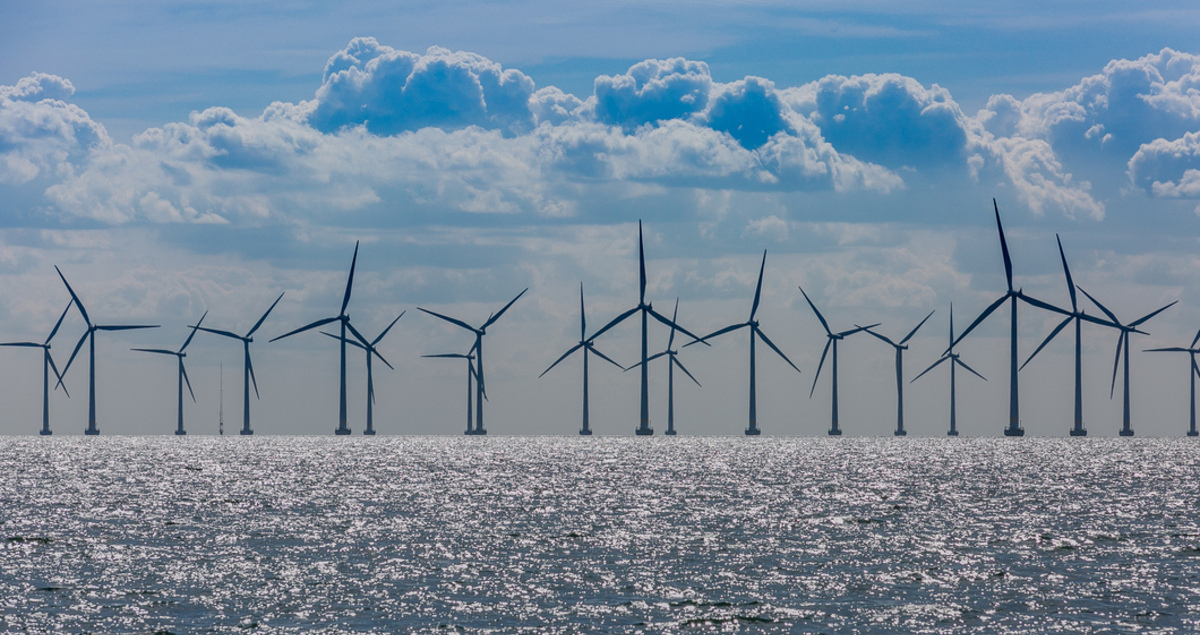Why we still need natural gas to help us get to net zero

A post-pandemic demand boom coupled with supply shortages has led to natural gas price surges that have left energy consumers reeling across Europe and Asia.
The price shocks have led to the collapse of energy firms, policy changes and even a return to coal. Germany has changed its current strategy, for example, with coal-fired power plants becoming the country's leading energy source in the first half of 2021.
Elsewhere, UK Prime Minister Boris Johnson announced his intention to source all of Britain’s electricity from renewable and nuclear energy by 2035.
However, the UK’s reaction to current shortages and price volatility is unlikely to be repeated across the globe. Instead, natural gas continues to play a vital role in bridging the planet’s energy transition to a carbon neutral world.
Here are three reasons why:
1. Gas CO2 emissions are lower than coal
Despite growing momentum to decarbonize, global carbon dioxide (CO2) emissions continue to increase.
As the post-lockdown world bounced back to life, electricity demand soared. This, coupled with explosive economic expansion in regions like Asia, will see electricity demand increase by 5% in 2021 and 4% in 2022, the International Energy Agency (IEA) says. Half of this increase will need to come from fossil fuels, driven in part by the developing world’s reliance on coal.
On the other hand, the economies of Europe and other developed regions have long recognized the versatility of gas as a bridging fuel. And energy-hungry countries like China and India are slowly being weaned from coal to cleaner natural gas, which is good news for the planet as natural gas produces roughly half the CO2 emissions of coal when combusted. But this gradual transition does mean more consumers are competing for natural gas supplies.

2. Natural gas supplies power when renewables cannot
According to the International Renewable Energy Agency (IRENA), renewables like wind farms and solar installations provide some of the cheapest electricity available, but only generate when there is sufficient sunshine or wind.
While surplus energy from renewables can be transformed into hydrogen or stored in batteries, most emissions-free sources generate on a use-it-or-lose-it basis. Natural gas can overcome the intermittency issues inherent in renewables, fueling a stable electricity supply that can be easily switched on and off to stabilize the grid.
And while renewable generating capacity is growing fast, it is not growing fast enough. At the global level, renewables, including wind solar and hydropower, are set to increase by more than 8% in 2021 and 6% the following year, but this robust growth will only meet half of the projected growth in energy demand over this two year period, according to the IEA. Natural gas will be needed to bridge the gap.

3. Natural gas offers multiple applications
Natural gas is a flexible fuel. In addition to supporting the growth of renewables for power generation, unlike wind and solar, it also has heating, industrial, commercial and transport applications. Continued innovation in the gas sector could ensure a long-term future for natural gas.
What happens in the future is of course uncertain, which could leave potential investors nervous about commissioning new natural gas power stations – which need a 20-40 year lifespan to maximize returns. But Mitsubishi Heavy Industries (MHI) Group has a solution. The company is looking to a hydrogen future by developing dual-fuel power plant turbines capable of combusting both natural gas and hydrogen.
MHI’s J-Series turbines have achieved stable combustion using a 30% hydrogen and natural gas mix and the company is developing 100% hydrogen-firing turbines by 2025. This means power plant operators can use the same turbines with natural gas today and hydrogen tomorrow.
As these turbines can be fueled with clean hydrogen transformed by surplus renewables, they are both good for the environment and also help meet the growing future global demand for energy.
Learn more about Why natural gas is important for Asia’s energy transition





